Discover effective strategies to prevent unwanted insects from invading your garage and maintaining a bug-free environment.
Keeping bugs out of your garage can be a real challenge, especially during warmer months when insects are most active. Fortunately, there are several effective strategies to prevent these pesky intruders from turning your garage into their new home.
By implementing a combination of preventive measures, such as sealing gaps and cracks, using insecticides, and maintaining cleanliness, you can create a bug-free environment in your garage.
This article will guide you through these steps in detail, ensuring you have all the information you need to protect your garage from bugs.
Now, let’s dive into the specifics of each strategy to help you reclaim your space.
Key takeaways:
- Regular cleaning and organization to discourage pests
- Seal cracks and gaps to prevent pest entry
- Take proactive measures like decluttering and proper ventilation
- Use traps strategically for effective pest control
- Regular maintenance of garage doors and proper sealing techniques
Typical Garage Pests: Understanding the Time and Potential Damage
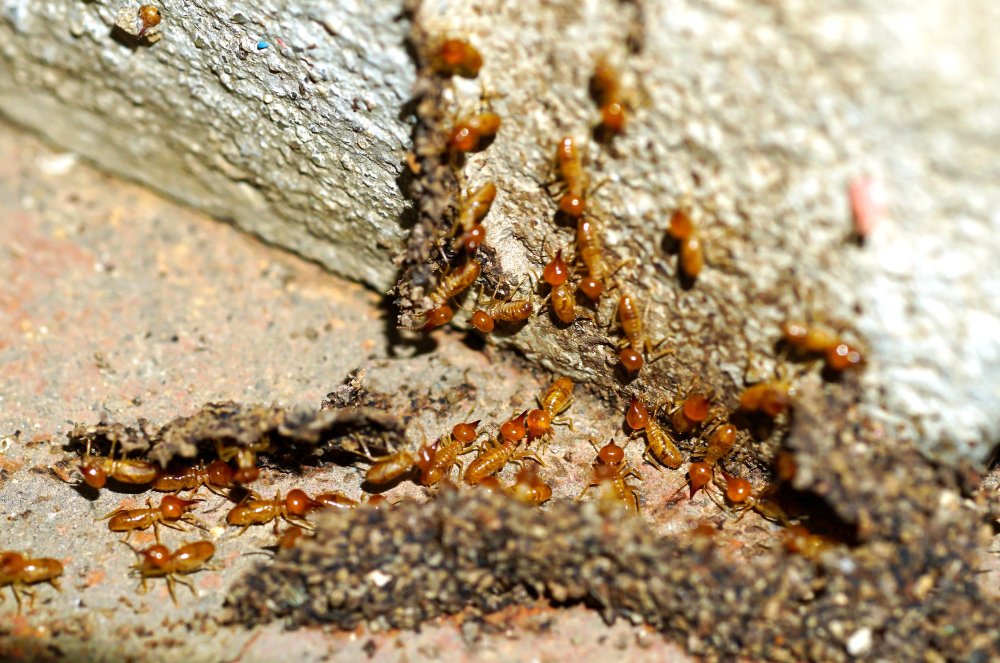
Garages often attract a slew of unwelcome squatters, including roaches, mice, termites, spiders, and even raccoons.
Some, like roaches and termites, may cause significant damage to the structural integrity of your garage over time.
Mice are notorious for gnawing through electrical wiring and insulation, potentially causing short-circuits and fire hazards.
Spiders, some venomous, prefer the dark, undisturbed corners of a garage.
Meanwhile, raccoons are known for scattering trash and digging into anything that might resemble food.
Catching these pests early and understanding their potential threats can save both time and money in managing an infestation and repairing damages.
Role of Hygiene: Importance of Cleaning Your Garage Regularly

Taking time for regular cleaning is paramount in mitigating pest problems. A tidy environment will not be appealing to most bugs, rodents or insects looking for shelter or food. Here’s how to go about it:
1. Organize the space: Neatness discourages small hiding areas where pests commonly build their nests. Regular organization makes it more difficult for pests to go unnoticed.
2. Sweep regularly: Clearing dust and debris, including crumbs or spills that can attract bugs, is critical in making the garage less attractive to pests.
3. Dispose garbage timely: Garbage is a key attractor for pests. Ensure waste bins in or near your garage are emptied regularly.
4. Clear Clutter: Piles of old newspapers, cardboard boxes or unused items can be ideal places for pests to settle and multiply. Regular decluttering helps eliminate such possibilities.
5. Inspect for spills: Garages are common storage areas for liquids like motor oil, paint, or garden fertilizers that may spill and attract pests.
6. Regular Check for Cobwebs: Cobwebs are a clear indicator of spiders. Regular inspection and cleaning will prevent their growth and reproduction.
Remember, consistency in maintenance will lead to a significantly lower risk of pest infestation. It’s all about creating an environment that’s uninviting to pests while still being functional for your needs.
Pest Entry Points: Identifying and Sealing Garage Cracks

Pests gain entry into your garage majorly through small unnoticeable cracks and openings. Hence, a thorough inspection of your garage is critical to identify these potential entry points. Run a careful check on the walls, floor, and particularly near the garage doors and windows.
Once detected, repairs should commence immediately. Small cracks can be filled using a good quality filler or sealant. Larger gaps may need a more comprehensive approach like concrete patching.
It’s crucial to remember that some pests can chew through wood and foam. Therefore, for those problematic areas consider metal flashing or hardware cloth for reinforcement. Sealing off these entry points will significantly reduce the possibility of infestation.
Keep in mind, maintenance is key. Regular checks and prompt repairs can help you maintain a near-impervious garage against unwanted, troublesome bugs and pests.
Proactive Measures to Keep Your Garage Pest-Free

Implementing preventive steps ahead of time is vital to protect your garage from bugs. Clearing clutter should be your first course of action. Piles of boxes, bags or firewood can be inviting habitats for several types of insects. Stick to wall-shelves and overhead storage to keep items off the floor, making it less appealing to bugs.
Remember, pests love damp environments. Thus, ensure there’s no water pooling in corners or near the garage door. Proper ventilation can significantly minimize humidity levels inside the garage, hence, ensure your vents are not blocked by items or debris and windows are occasionally opened to allow fresh air.
Lighting plays a crucial role as well. Many insects are attracted to traditional incandescent bulbs, so consider switching to yellow or sodium vapor lights, both known to be less alluring to bugs.
Essential oils could be another natural deterrent. Many pests do not like the strong scent of oils like peppermint, eucalyptus or citronella. A few drops around your garage might be beneficial.
Lastly, consult a professional pest control service for regular inspections. Experts are skilled in identifying early signs of pest intrusion, providing an opportunity for prompt intervention.
Initial Step to a Pest-Free Garage: Removing Existing Pests

To begin the journey of sanitizing your garage, you first have to dispatch the current residents. Pests, whether they are insects or rodents, can pose a significant health hazard and even damage your property.
Enlist professional help if the infestation appears serious. It’s crucial to ensure all pests are entirely eradicated – insects, spiders, rodents, and other pests can be quite resilient, oftentimes hiding in small spaces or laying eggs in overlooked areas.
For minor infestations, household products may work well. Insect sprays, rat or mouse poison, and even DIY pest control methods can be advantageous. These may include vinegar-based cleaning solutions for small ants or traps with peanut butter for rodents.
Remember, safety first. Wear appropriate protective clothing and gloves. Make sure to clean all surfaces thoroughly after the extermination to keep your garage environment safe.
To maintain pest deterrence regularly clean your garage, remove potential pest inviting crevices and invest in preventative measures such as traps and bug sprays, these are lessons you will learn in the subsequent sections. It’s key to remember that maintaining a pest-free garage is a continuous process, not a one-off operation.
Please note that it’s always advisable to consult with a pest control professional if you’re unsure about handling an active infestation safely.
Minimizing Attraction: Removing Food Temptations From Your Garage
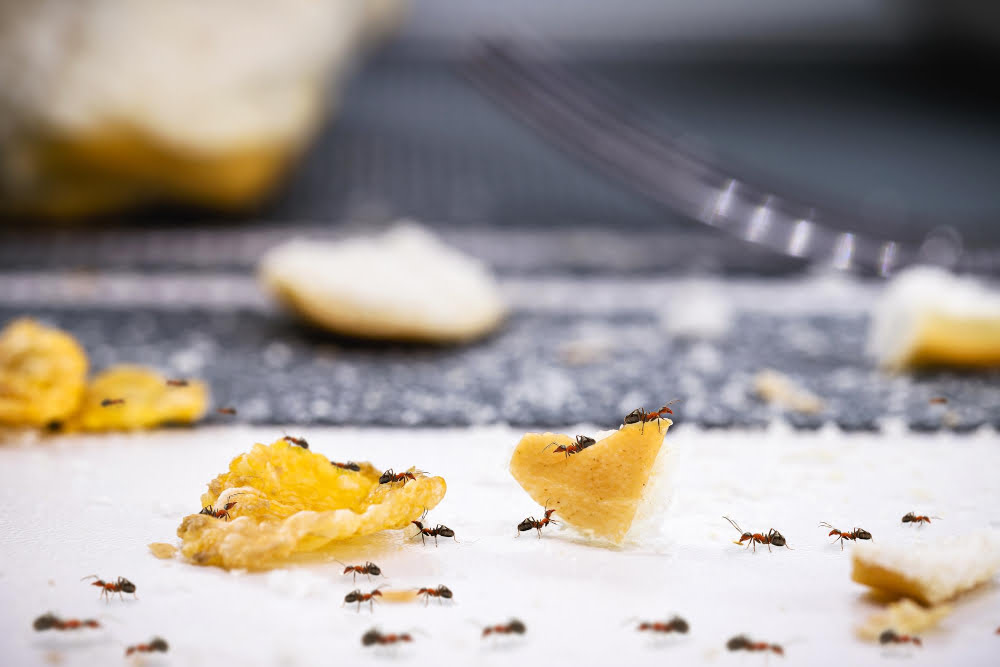
Many types of pests are attracted by the prospect of finding food. It’s essential to remember that your garage could unintentionally host many food sources. Uneaten pet food, bird seed, or even certain types of plant-based fertilizers could lure pests in from the outside.
Additionally, any fallen crumbs or food packaging forgotten from your last garage-based project may serve as a buffet invitation to unwanted critters.
Carefully check for miscellaneous food items and promptly remove them from your garage. Try to store pet food and bird seed in sealed containers, preferably not in the garage. If this isn’t possible, opt for airtight, pest-resistant storage bins to deter curious critters. Remember, maintaining cleanliness in your garage’s overall environment is a primary line of defense against garage pests.
Don’t forget the less obvious food sources. Clear away any grass clippings, leaves, or organic matter that may accumulate in your garage. These can provide food for certain types of pests, like roaches and silverfish.
Take the time to perform a regular clean-out of your garage. A monthly schedule is a good start. Piece together a checklist if it helps you to remember every corner that pests can potentially hide. Develop a routine that includes sweeping, removing clutter, and checking on items that could unknowingly harbor pests. Eliminating these food temptations results in less potential for a pest infestation in your precious garage space.
Traps and Their Efficacy in Garage Pest Control
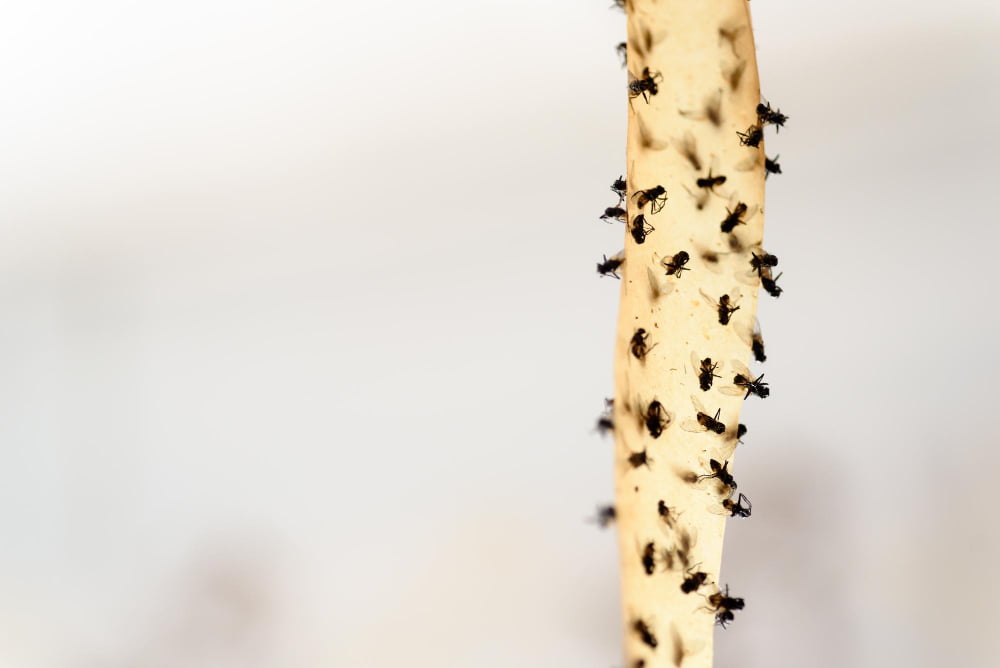
Various types of traps offer effective solutions based on the specific pests plaguing your garage. Sticky glue traps, for example, are ideal for catching spiders and other small crawling insects. Baited snap traps and live-catch traps, on the other hand, effectively handle larger pests like rats or mice.
It’s important to place these devices strategically for maximum impact. Corners and along the walls are ideal, as many pests follow these paths. Remember to check and replace traps regularly to gauge the effectiveness of your control efforts and prevent dead pests from attracting others.
Insect light traps (ILT) can be quite beneficial for flying insects. They attract pests with ultraviolet light and then either trap or zap them. They’re environmentally friendly and ideal for managing flies or moths.
While traps play a critical role in pest control, they should be a part of a more comprehensive approach. Combining them with effective sealing and cleaning routines and the right use of repellents contributes to a more robust pest control program for your garage.
Importance of Regular Garage Door Maintenance in Pest Control
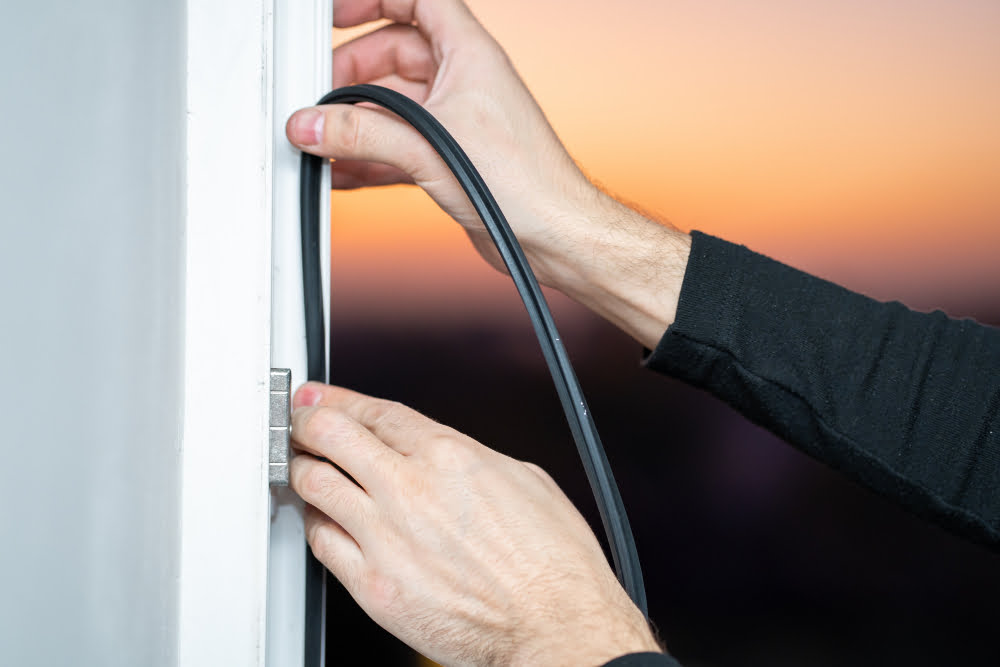
Faulty seals and tiny crevices around the garage door are ideal entry points for pests. A regular maintenance routine could save you this distress. It includes fixing any noticeable cracks or gaps, replacing worn-out door sweeps and weather stripping which could serve as portals for pests.
While checking the door, pay particular attention to the edges, every nick and corner, even the smallest gap matters. Glance over the door frame, too. For wooden doors, repair any rotted sections as they might provide a comfortable gateway for pests.
Following a regular maintenance schedule isn’t just about door aesthetics; it can be essential in managing pests in the long run.
Preventing Bug Entry: How to Ensure a Bug-Free Garage
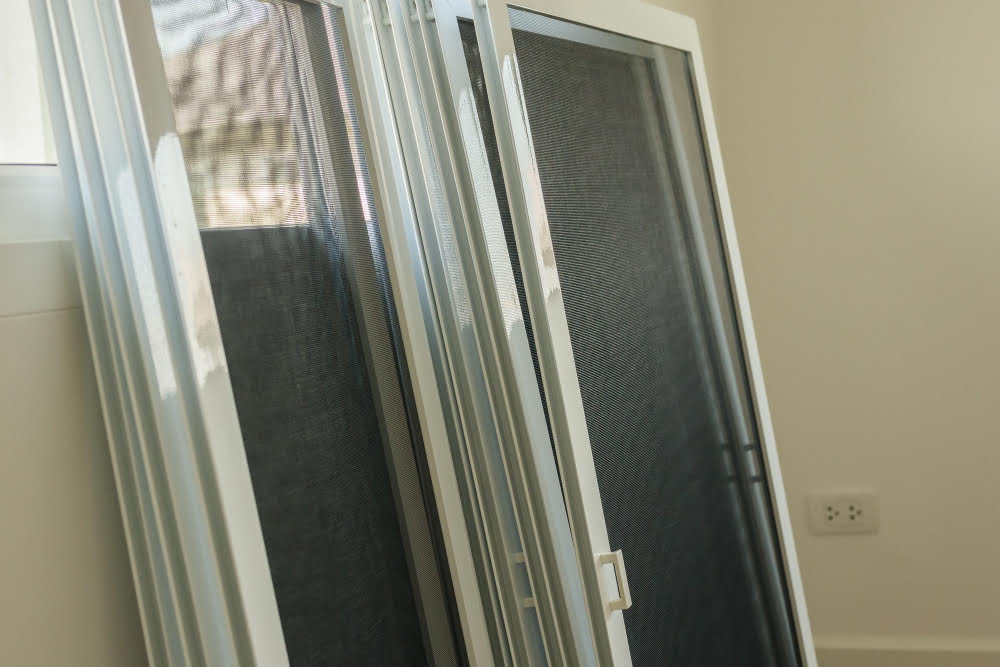
The garage door, windows, as well as walls, should all be properly sealed. Small gaps may seem insignificant, but they often act as welcoming doormats to unwanted bugs. To fix this, apply a weather seal around the garage door, and for gaps or cracks in the walls and windows, use a caulk or foam sealant.
Screens on your garage windows can be an excellent repellent, ensuring bugs remain outside while allowing fresh air in. Install fine mesh screens, as most bugs can’t squeeze through this.
Use sodium vapor light bulbs instead of standard mercury vapor ones. The yellow illumination reduces the number of bugs attracted to the light source during nighttime, thereby reducing the chances of them wanting a closer look inside the garage.
Lastly, consider installing bug zappers or ultrasonic pest repellers. This is a proactive approach, which many garage owners have found effective. Bug zappers zap oncoming bugs, whereas ultrasonic repellers emit high-frequency sound waves, inaudible to humans, but very irritating for pests.
When to Clean Your Garage to Deter Pests Effectively

To keep bugs at bay, it’s important to time your garage cleanings accurately. Regular monthly cleanings are key, yet an additional deep clean during the transition from winter to spring can have a significant impact. This is when insects begin looking for a warm area to nest and breed. By thoroughly cleaning during this change of season, potential pests won’t find your garage an appealing option.
Here’s a quick rundown of cleaning methods:
- 1. Sort Through Clutter: Discard items you no longer need, making it less inviting for pests.
- 2. Sweep and Mop: Get rid of any dirt, debris, and potential food sources. Don’t forget corners and hard-to-reach areas.
- 3. Check for Moisture: Bugs enjoy a damp environment. Remove standing water and fix any leaks.
- 4. Dust and Cobweb Removal: Regularly dust and cobweb removal deters spiders.
- 5. Store Properly: Use sealed containers for storage to prevent bugs from finding food or hiding spots.
Regularly maintaining a cleaning schedule for your garage is one of the simplest yet vital preventative measures in controlling pests. Staying consistent with the timeline, especially during season changes, will generally lead to fewer issues with pests.
FAQ
Can you store bug spray in garage?
Bug spray should not be stored in a garage due to the potential heat exposure that can negatively affect the product’s efficacy.
What are effective ways to seal a garage to prevent bug entry?
Installing weather stripping, using silicone caulk for gaps and spaces, applying bug screens over vents, and routinely applying pesticide sprays are effective ways to seal a garage to prevent bug entry.
What type of lighting attracts fewer bugs in a garage?
LED lights attract fewer bugs in a garage compared to traditional incandescent or fluorescent lights.
How often should pest control be done in a garage?
Pest control in a garage should be conducted at least once a year, although areas prone to pest infestations may require more frequent treatments.